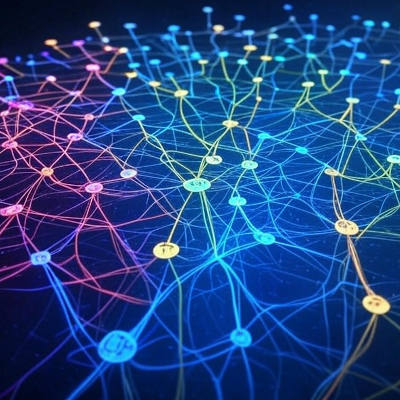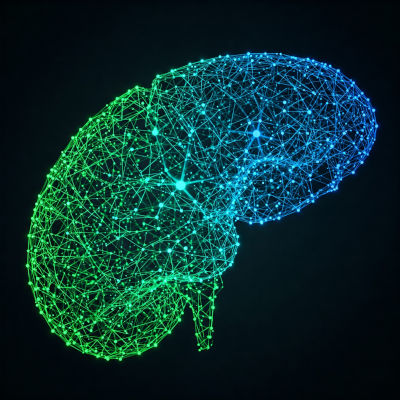AI helps medical professionals read confusing brain EEGs
May. 29, 2024.
3 mins. read.
3 Interactions
Could help save thousands of lives each year
Researchers at Duke University have developed an assistive-machine learning model that they say greatly improves the ability of medical professionals to read the brain electroencephalography (EEG) charts of intensive-care patients.
EEG readings are the only method for knowing when unconscious patients are in danger of suffering a seizure or are having seizure-like events, and the new computational tool could help save thousands of lives each year, the researchers say.
The results appear online May 23 in the New England Journal of Medicine AI.
Interpreting EEGs
EEGs use small sensors attached to the scalp to measure the brain’s electrical signals, producing a long line of up and down squiggles. When a patient is having a seizure, these lines jump up and down dramatically like a seismograph during an earthquake—a signal that is easy to recognize.
But other medically important anomalies called seizure-like events are much more difficult to discern, even by highly trained neurologists.
“Interpretable” machine learning algorithms
To build a tool to help make these determinations, the doctors turned to colleagues specializing in developing “interpretable” machine learning algorithms. (Most machine-learning models are a “black box” that makes it impossible for a human to know how it’s reaching conclusions; interpretable machine learning models essentially must show their work.)
The research group started by gathering EEG samples from over 2,700 patients and having more than 120 experts pick out the relevant features in the graphs, categorizing them as either a seizure, one of four types of seizure-like events or “other.”
Patterns showing seizure-like events
When displayed visually, that continuum looks something like a multicolored starfish swimming away from a predator. Each differently colored arm represents one type of seizure-like event the EEG could represent. The closer the algorithm puts a specific chart toward the tip of an arm, the surer it is of its decision, while those placed closer to the central body are less certain.
The algorithm also points to the patterns in the brainwaves that it used to make its determination and provides three examples of professionally diagnosed charts that it sees as being similar.
This lets a medical professional quickly look at the important sections and either agree that the patterns are there or decide that the algorithm is off the mark, the researchers say. “Even if they’re not highly trained to read EEGs, they can make a much more educated decision.”
Testing the algorithm
Putting the algorithm to the test, the collaborative team had eight medical professionals with relevant experience categorize 100 EEG samples into the six categories, once with the help of AI and once without. The performance of all of the participants greatly improved with AI, with their overall accuracy rising from 47% to 71%.
This work was supported by the National Science Foundation, the National Institutes of Health, and the Nebraska Stem Cell Grant.
Citation: Alina Jade Barnett et al. “Improving Clinician Performance in Classification of EEG Patterns on the Ictal-Interictal-Injury Continuum using Interpretable Machine Learning.” NEJM AI, May 23, 2024. DOI: 10.1056/AIoa2300331 (open access)
Let us know your thoughts! Sign up for a Mindplex account now, join our Telegram, or follow us on Twitter.


.png)

.png)


.png)







0 Comments
0 thoughts on “AI helps medical professionals read confusing brain EEGs”